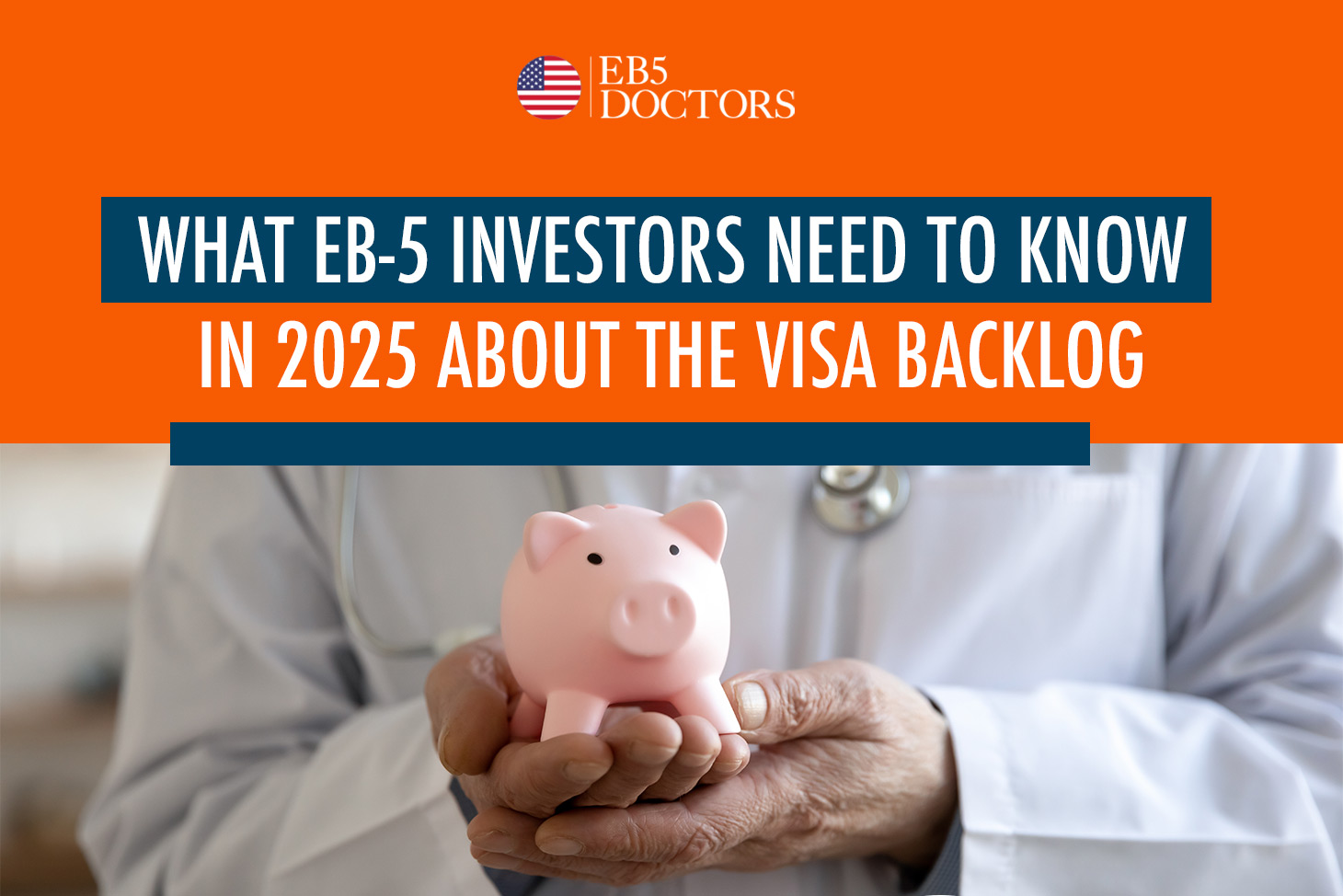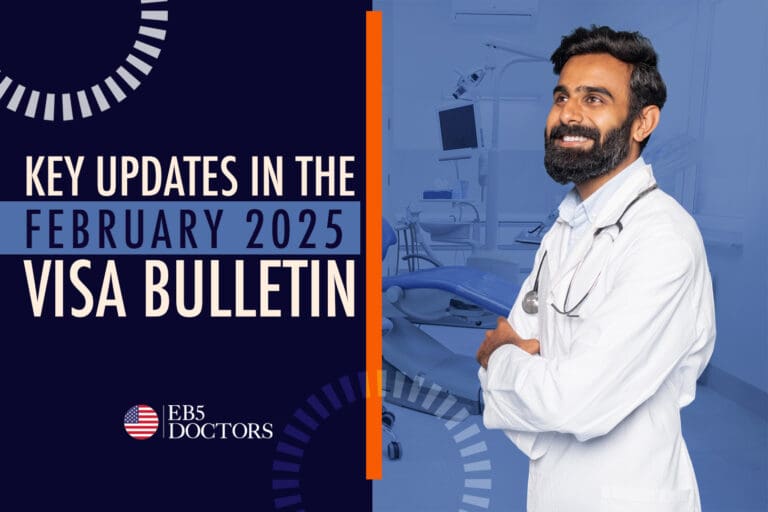
For EB-5 investors, understanding the current visa backlog and its implications is vital to navigating the path to U.S. permanent residency. The EB-5 program continues to face complex challenges, from processing delays to shifting visa availability. Here’s a detailed breakdown of the latest findings and key insights to help applicants make informed decisions.
Understanding the Backlog
The EB-5 visa program currently operates under significant demand. According to 2025 data analysis:
- Nearly 60,000 applicants are in the pipeline awaiting visa processing.
- These applicants correspond to investors who filed I-526 petitions and are now moving through various stages, from initial petition approval to visa issuance.
- The program has a baseline of 10,000 visas available annually for all EB-5 applicants, divided between reserved and unreserved categories. However, because of high demand and country-specific caps, the wait times vary widely.
Categories and Wait Times
The EB-5 program includes several categories:
- Unreserved Visas (open to all investors)
- Reserved Categories, which include:
- Rural Investments (20% reserved)
- High Unemployment Area Investments (10% reserved)
- Infrastructure Investments (2% reserved)
Wait times for applicants vary significantly based on:
- Country of Birth – China and India remain significantly backlogged due to higher demand and limited visa allocations by country.
- Investment Category – Reserved categories like rural investments offer shorter queues compared to unreserved visas, but competition is increasing.
For Chinese and Indian applicants, projected visa wait times can extend a decade or longer, especially for unreserved visa categories. Investors from countries with lower demand (called Rest of World, or ROW) often face much shorter backlogs.
Challenges Impacting Visa Processing
1. Country-Specific Allocations
U.S. immigration rules allocate no more than 7% of visas each year to any single country. This disproportionately affects investors from countries with high EB-5 demand, like China and India.
While ROW applicants have greater access to available visas, high demand in specific categories—for example, High Unemployment visas within ROW areas—can still create delays.
2. Pipeline Growth in Reserved Categories
After new program regulations were introduced in 2022, the reserved visa categories (rural, high unemployment, and infrastructure) experienced a surge in new applications. This rapid increase in demand, combined with slower-than-expected USCIS processing, adds to delays.
3. Processing Delays
Apart from visa number availability, logistical bottlenecks within USCIS and at consular offices further increase the total time required to complete the EB-5 process.
Breaking Down Scenario Projections
The timeline for receiving an EB-5 visa depends on several variables, such as total visa category demand, country caps, and applicant behavior (like selecting reserved vs. unreserved visas). Here are key scenarios based on the latest data:
- If demand for reserved visas remains steady, ROW investors in rural and high unemployment visas could face wait times of 1–4 years.
- For Chinese and Indian investors in reserved categories, wait times could extend beyond 7–10 years. For unreserved visas, some projections indicate waits of 12+ years.
- Investors across all categories should also account for non-first-in, first-out (non-FIFO) processing, where a lucky few petitions may be processed earlier than others.
Actionable Steps for EB-5 Investors
- Understand Your Options
Investors from backlogged countries like China and India should explore reserved visa categories (e.g., rural or high unemployment investments). These categories provide faster processing opportunities compared to unreserved allocations. - Monitor Priority Dates
Keep track of your petition’s priority date and compare it to the USCIS Visa Bulletin. This will help you understand when a visa number becomes available for your case. - Prepare Documentation Early
Ensure all compliance requirements, including source-of-fund tracing and job creation evidence, are in order to avoid delays during adjudication. - Stay Flexible
If you’ve invested through a reserved category, there may be opportunities to “switch lanes” to unreserved visas if processing becomes faster in those categories. - Collaborate with Experts
Consult with experienced immigration attorneys, regional centers, and financial advisors who can guide you through changing backlogs, compliance issues, and processing strategies.
Conclusion
The EB-5 program offers a valuable opportunity for U.S. residency through investment, but navigating the backlog requires informed and strategic planning. While 2025 has shown both progress and challenges, investors can optimize their pathways by staying updated and taking proactive steps to adjust accordingly.
For personalized guidance and the latest updates, contact EB5 Doctors. Together, we’ll make sure you’re equipped to achieve your residency goals efficiently and ensure you don’t get caught in the backlog.
This article is intended for informational purposes only and should not be considered as legal or financial advice. For personalized guidance regarding the EB-5 program, get in touch with us.
June 2025 Latest Updates from the USCIS Visa Bulletin for EB-5 Investors Read here
Understanding the Role of Business Plans in EB-5 Applications: Why Your Business Plan Matters Read here
“Gold Card” Visa Plan vs the EB-5 Visa: What Investors Need to Know Read here





